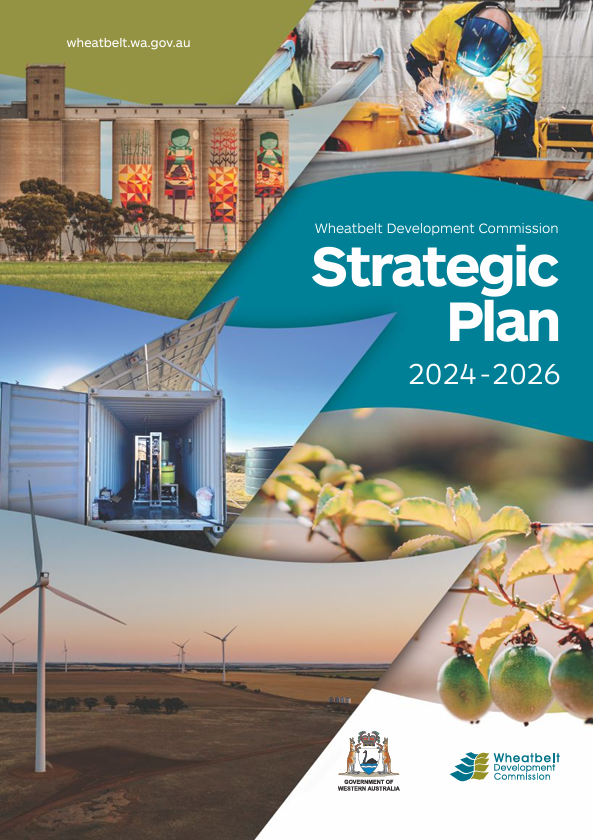The combination of low rates of land development and housing construction, together with a growing demand for housing, has caused a severe shortage of housing in regional WA.
The COVID-19 pandemic further exacerbated the situation by increasing construction costs and reducing the availability of skilled tradespeople, combined with population redistribution as people relocated to regional areas.
These challenges have made housing development feasibility in regional WA difficult, with low market prices compared to the high costs involved to develop land and build housing.
It is crucial to continue to address this housing shortage to support economic growth, particularly through labour supply, and enhance the standard of living. In response, the WDC has identified workforce accommodation and housing solutions as a top priority.
The WDC is collaborating with local governments, consultants, stakeholders and investors with the aim of enhancing development feasibility to better enable market-led delivery of housing and workforce accommodation, with a view towards development of innovative housing solutions.
Over the past 12 months the WDC has facilitated a number of local and sub-regional investigations to identify market responsive and commercially informed housing and workforce accommodation solutions in collaboration with local and State government.
The WDC will continue to work with partners to progress prioritised workforce accommodation and housing projects. This effort will facilitate, provide support and assist with the implementation and progression of regionally strategic infrastructure, planning, governance and investment attraction initiatives aimed at development and supply of cost-effective residential land and housing.
To further encourage investment the WDC is supporting the repositioning of the Wheatbelt as a competitive investment destination for property development. Alleviating the constraints of the housing crisis will greatly improve the economic and social conditions of the Wheatbelt and achieve the objective of ensuring the Wheatbelt remains a thriving place to work and live.
